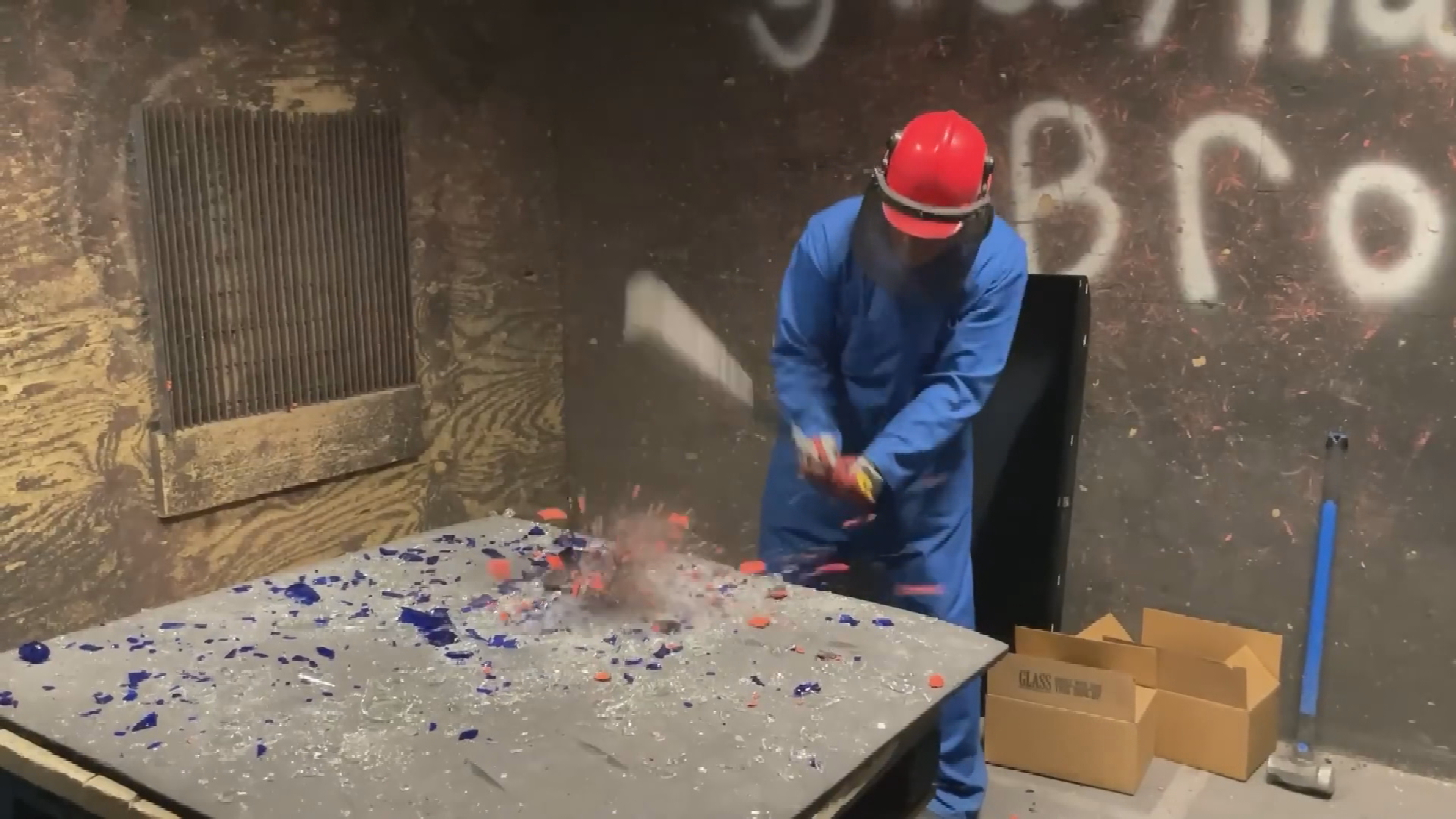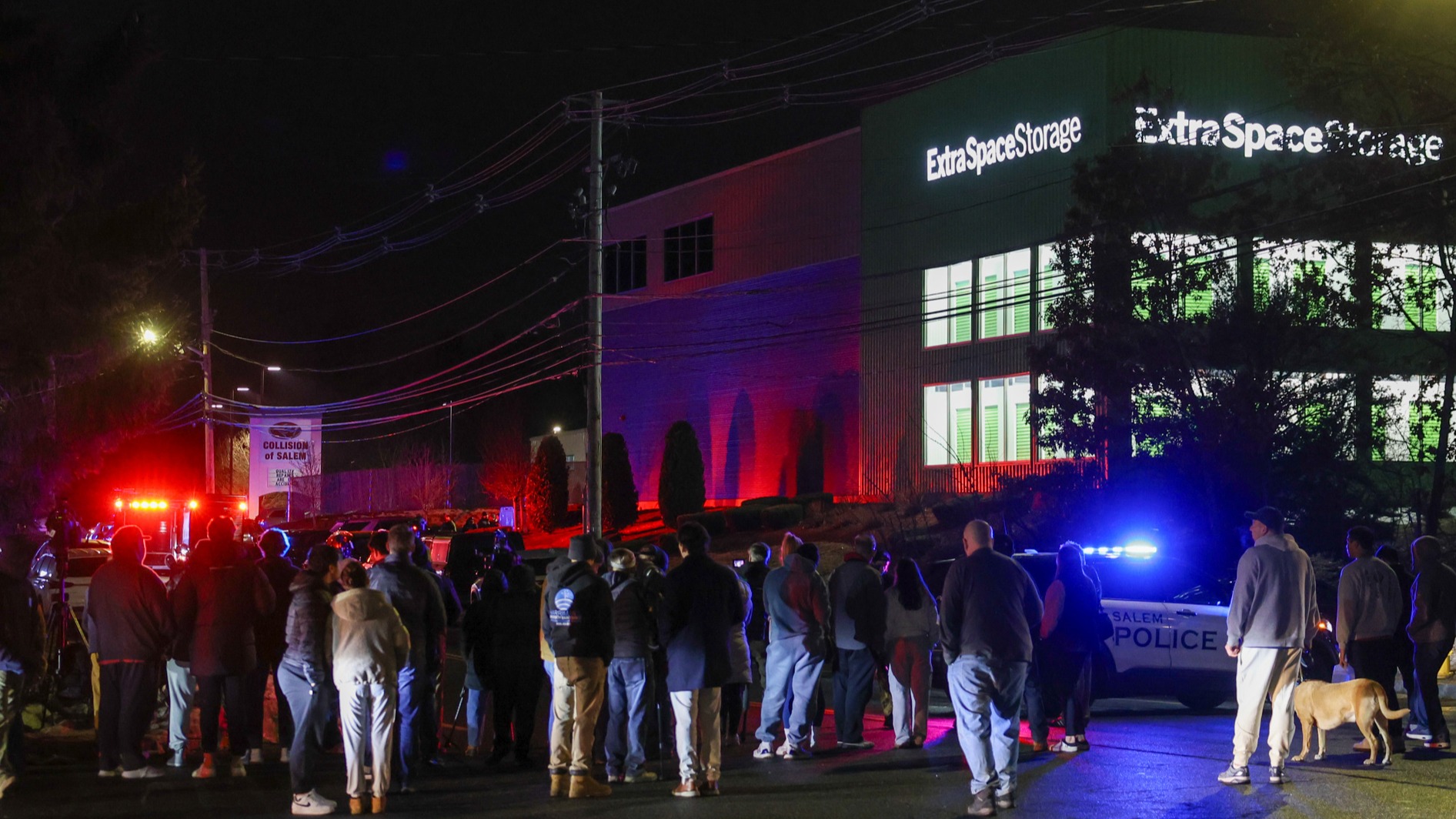A patient taking a break outside a city-centre hospital “certainly saved many lives” when he talked down a man with a pressure cooker bomb who was intending to “kill as many nurses as possible”, prosecutors have told a jury.
Mohammed Farooq, 28, was arrested outside the Gledhow Wing of St James’s Hospital in Leeds, in the early hours of January 20 after police were called by a man called Nathan Newby.
Farooq, who was a clinical support worker at the hospital, had a viable pressure cooker bomb with him, which he later told police was modelled on one used in the 2013 Boston Marathon attacks but intended to be twice as powerful, Sheffield Crown Court heard.
Opening Farooq’s trial on Monday, Jonathan Sandiford KC said the defendant “had gone to the hospital to commit a terrorist atrocity and seek his own martyrdom – first, by detonating the IED (improvised explosive device) and using bladed weapons to kill as many people as possible”.
The prosecutor said Farooq also intended to use an imitation firearm he had with him to incite police called to the scene to shoot him dead.
Mr Sandiford told the jury the defendant had initially planned to send a bomb threat and then attack those leaving the hospital during the expected evacuation.
But, he said, the “first piece of good fortune” was that the text message he sent to an off-duty nurse was not seen for almost an hour and the full-scale evacuation did not happen.
The prosecutor said Farooq left but returned to the hospital shortly afterwards with a new plan to wait in a Costa coffee cafe for a staff shift change and detonate his device, “killing as many of them as possible”.
But Mr Sandiford told the court that “luck intervened again” because Mr Newby was standing outside the hospital and “noticed the defendant”.
He said: “Mr Newby realised something appeared to be amiss and began to talk to him instead of walking away.
“That simple act certainly saved many lives that particular night because, as the defendant was later to tell the police officers who arrested him, Mr Newby succeeded in ‘talking him down’.
Mr Sandiford said the defendant told Mr Newby about his plan to take the bomb into the hospital and “kill as many nurses as possible”.
He said: “Mr Newby stayed with the defendant, keeping him engaged and calm.
“Mr Newby also persuaded the defendant to move away from the main entrance to a seating area so that the IED was as far away from the building as it was possible to go.”
Mr Sandiford said Farooq handed his phone over to Mr Newby to ring the police.
The prosecutor said Farooq is also alleged to have planned an attack on RAF Menwith Hill, near Harrogate.
Farooq, who sat in the dock wearing a grey T-shirt and flanked by four prison officers, denies one charge of preparing acts of terrorism.
The jury has been told the defendant has already admitted a number of offences.
Mr Sandiford told jurors he anticipated that the issue in this case may be “whether the defendant intended to commit an act or acts of terrorism”.
He said Farooq was self-radicalised through the internet and had constructed the bomb following an article titled “Build a bomb in the kitchen of your mom” by “AQ chief”.
The prosecutor also told the jury the defendant had a grievance against several of his former colleagues at the hospital and “had been conducting a poison pen campaign against them”.
Mr Sandiford said Farooq was a “self radicalised, lone wolf terrorist who had made preparations to commit a murderous terrorist attack in Yorkshire.”
He said that, when he was arrested, he was in possession of a “viable improvised explosive device assembled from a pressure cooker and 9.9kg of low explosive.”
Mr Sandiford said the defendant had with him, or in his nearby car, two knives, black tape and a blank-firing imitation firearm.
The prosecutor told the jury that Farooq had identified RAF Menwith Hill, which is a base used by the United States, as a target and he made at least two visits there between January 10 and January 20.
He said Farooq later admitted he had made three trips, taking the bomb with him each time.
Mr Sandiford said the defendant had also obtained viable instructions for the preparation of “five deadly toxins or nerve agents” – ricin, sarin, VX, tabun and tetrodoxin.
Follow STV News on WhatsApp
Scan the QR code on your mobile device for all the latest news from around the country


 St James’s Hospital
St James’s Hospital























